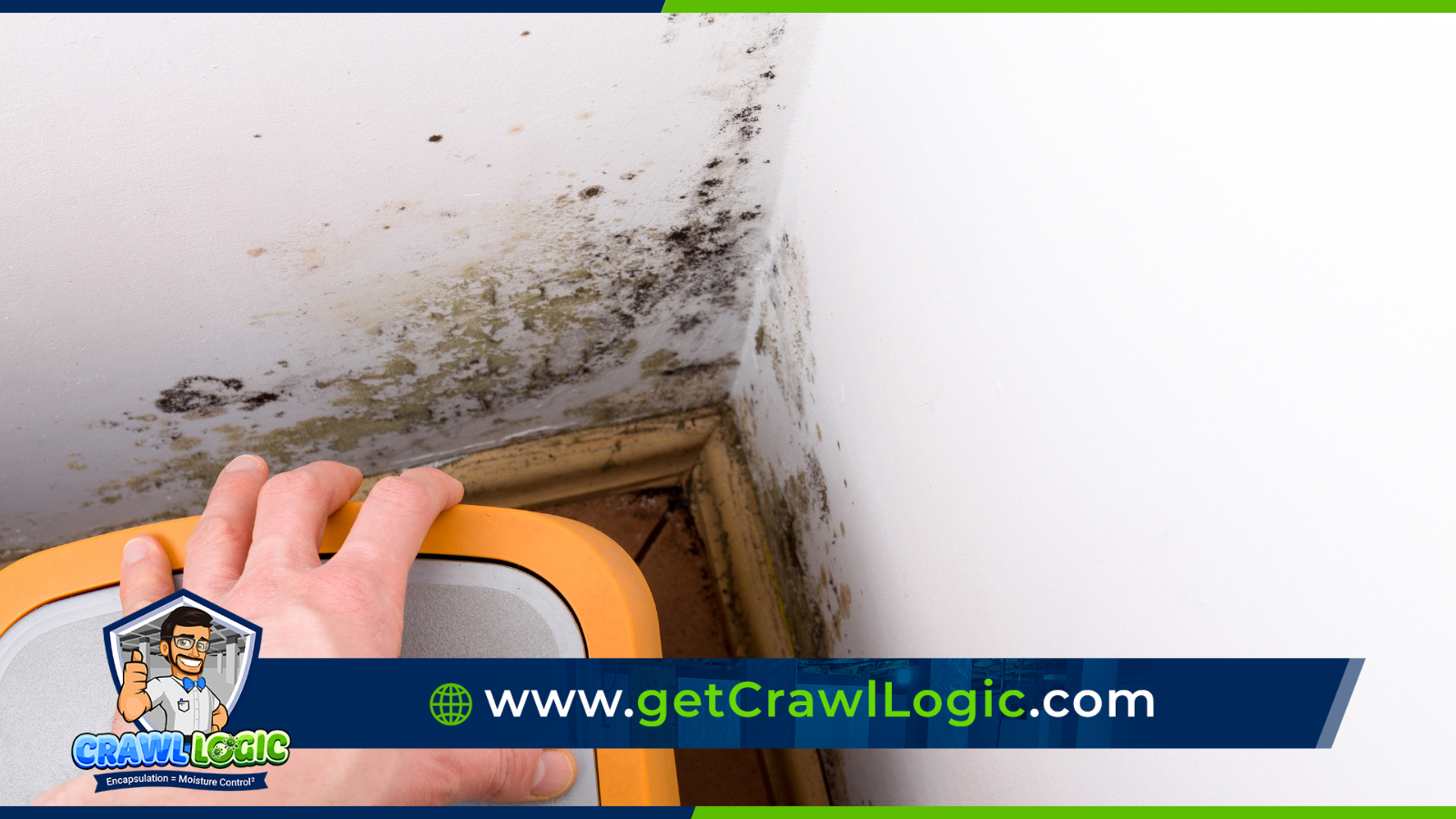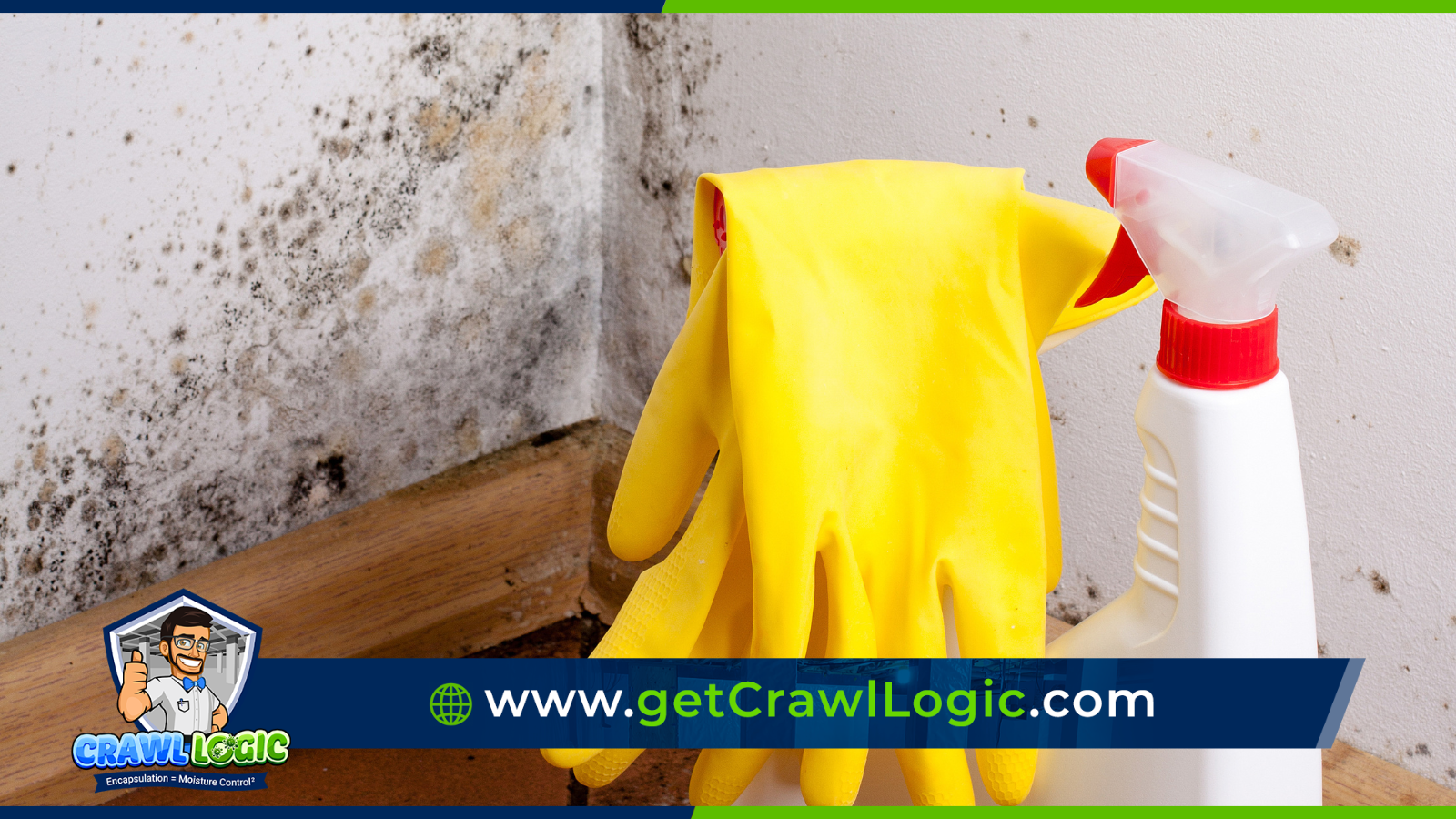Mold is one of the most common problems that homeowners face. It can cause a variety of issues, including health concerns, and it’s essential to take steps to remove it as soon as possible. Fortunately, there are some simple methods you can use to get rid of mold on your own. Let’s take a look at how you can remove mold from your home and keep it from coming back.

Step 1: Locate the Source of the Mold
Before you do anything else, it’s important that you identify where the mold is coming from. This could be something like a leaky pipe or condensation around your windows. If you can’t find the source, then the mold will just keep growing back no matter what steps you take to get rid of it.
Step 2: Put on Protective Gear
Mold spores can spread easily and cause health risks if they are inhaled. Therefore, before you start cleaning up any mold, make sure that you put on protective gear like gloves, masks, and goggles. This will help to ensure that none of the spores end up getting into your lungs or eyes during the cleanup process.
Step 3: Clean Up Visible Mold
Once you have identified the source of the problem and put on protective gear, the next step is to clean up any visible mold with soap and water or a specialized cleaner designed for removing mold (such as bleach). Make sure that you scrub hard enough so that all traces of the mold are removed—otherwise, it could come back in a few days or weeks.
Step 4: Dry Out Areas Prone to Mold Growth
After cleaning up any visible spots of mold, make sure that all areas prone to excessive moisture are dried out thoroughly using fans or dehumidifiers. This is an important step because, otherwise, potential sources of future outbreaks will remain present in your home.
Step 5: Investigate Prevention Strategies
Finally, take some time to investigate prevention strategies for keeping mold away from your home in the future. This could include things such as improving ventilation throughout your house and checking pipes for leaks regularly. Taking these steps now can save you money (and headaches) down the line by preventing more serious outbreaks from ever occurring in the first place!

Protective Gear for DIY Mold Removal
- A respirator with a HEPA filter: This is necessary for preventing mold spores from entering your lungs. Select a respirator that has NIOSH certification (National Institute for Occupational Safety and Health).
- Gloves: To prevent skin contact with mold, wear gloves made of rubber, nitrile, or neoprene.
- Eye protection: Safety glasses or goggles will shield your eyes from cleaning agents and mold spores.
- A disposable suit: that covers your entire body, such as a Tyvek suit or overalls, will shield your skin and clothing from mold spores.
- Protective footwear: To prevent spreading mold spores throughout the house, wear easily washable shoes or boots or disposable shoe covers.
Assessing the Severity of Mold Growth
Assessing the severity of mold growth is an important step in determining the appropriate course of action for removal. Factors to consider when assessing mold growth include the size of the affected area, the type of mold present, and the level of contamination.
Size of the affected area
A small patch of mold that is less than 10 square feet in size can typically be handled with a DIY cleaning solution. Larger infestations, however, may require professional remediation services.
Type of mold present
Some types of mold, such as black mold, can be particularly harmful to human health and may require specialized equipment and techniques for removal. Other types of mold, such as mildew, may be less harmful but can still cause damage to building materials.
Level of contamination
The level of contamination refers to the extent to which mold has spread through the affected area. A minor case of mold growth may only involve surface-level contamination, while a more severe case may involve structural damage and the need for extensive cleaning and repairs.
Cleaning and Disinfecting After Mold Removal
- Clean and disinfect the area: After the mold that is visible has been removed, thoroughly clean the area with a water and disinfectant solution. Bleach, white vinegar, and hydrogen peroxide are the best mold-killing disinfectants. It's crucial to follow the manufacturer's instructions and use the proper disinfectant-to-water ratio.
- Any contaminated porous objects should be thrown away: Mold thrives in damp conditions, so it's critical to dry the area as much as you can. Open windows and doors to improve ventilation or use fans and dehumidifiers to dry the area.
Conclusion
Removing mold from your home doesn't have to be expensive or difficult if you follow these five simple steps! Identifying where it's coming from and putting on the proper protective gear should always be one priority when dealing with any kind of hazardous substance like mold spores.
From there, cleaning up visible spots followed by drying out damp areas should help eliminate current outbreaks while also looking into prevention strategies that will help ensure they don't happen again anytime soon! With a little bit of effort now, you can save yourself plenty of trouble down the road!
Frequently Asked Questions
-
What are the health risks associated with mold exposure?
- Sneezing, runny nose, red eyes, and skin rash are common mold allergy symptoms.
- Asthma: Mold exposure can worsen asthma symptoms and increase asthma attacks.
- Mold can cause eye, nose, and throat irritation, causing coughing, sore throat, and watery eyes.
- Respiratory problems: Mold spores can cause difficulty breathing, wheezing, and chest tightness.
- Immunosuppression: Long-term mold exposure suppresses the immune system, making people more susceptible to infections.
- Neurological symptoms: Mold exposure can cause headaches, memory loss, and difficulty concentrating.
-
What are some common products that can be used for mold removal?
- Bleach: Moldy surfaces can be cleaned and disinfected with 1 cup of bleach per gallon of water. Bleach shouldn't be used on porous materials like wood or drywall.
- Hydrogen peroxide: This natural disinfectant can clean moldy surfaces. Most materials are safe to clean with 3% hydrogen peroxide.
- White vinegar: White vinegar can clean moldy surfaces naturally. Cleaning surfaces with equal parts water and white vinegar is safe for most materials.
- Baking soda: Cleaning surfaces with a baking soda-water paste is safe for most materials.
- Detergent: Moldy surfaces can be cleaned with a water-detergent solution. Detergent should be used on non-porous surfaces like tiles, bathroom fixtures, and appliances.
-
What are some common places where mold is found in the home?
- Basements and crawlspaces
- Bathrooms
- Kitchens
- Laundry rooms
- Attics
- HVAC systems
- Windowsills and frames due to moisture
Contact Crawl Logic Today!
Crawl Logic will do everything we can to ensure your experience with us is excellent.
Request A FREE Estimate
We will get back to you as soon as possible.
Please try again later.
CHECKOUT RECENT POST



Schedule Your FREE Crawl Space Evaluation!
Did you know YOU DON'T HAVE TO BE HOME for us to provide you with your 100% FREE crawl space inspection and report?
CHOOSE THE BEST OPTION, CRAWL LOGIC!
Ready to Elevate Your Experience? Let's embark on a journey to success together! Our team is dedicated to delivering excellence and innovation tailored to your unique needs. Connect with us now to discover how our services can transform your vision into reality. Your next big leap starts here
HOURS
Monday: 8:00AM - 5:00PM
Tuesday: 8:00AM - 5:00PM
Wednesday: 8:00AM - 5:00PM
Thursday: 8:00AM - 5:00PM
Friday: 8:00AM - 5:00PM
Saturday: 8:00AM - 5:00PM
Sunday: 8:00AM - 5:00PM
Copyright © 2020 Crawl Logic - Franklin Crawl Space Encapsulation and Repair
